Asia and the East through the eyes of Russian artists

Vasily Vereshchagin (1842-1904)
Vasily Vereshchagin was a military man for whom painting was more of a hobby. And it is primarily his battle paintings that earned him fame. He traveled extensively with the military, including to remote areas of the Russian Empire. A whole series of paintings he dedicated to the Central Asian region of Turkestan (present-day Turkmenistan, Kazakhstan, Uzbekistan, Tajikistan and Kyrgyzstan). The artist also traveled to India and China, where he painted his most famous (and ghoulish) painting The Apotheosis of War. That was followed by trips to the Middle East, Syria and Palestine.
Wealthy Kyrgyz Hunter with Falcon, 1871

In the Alatau Mountains, 1870
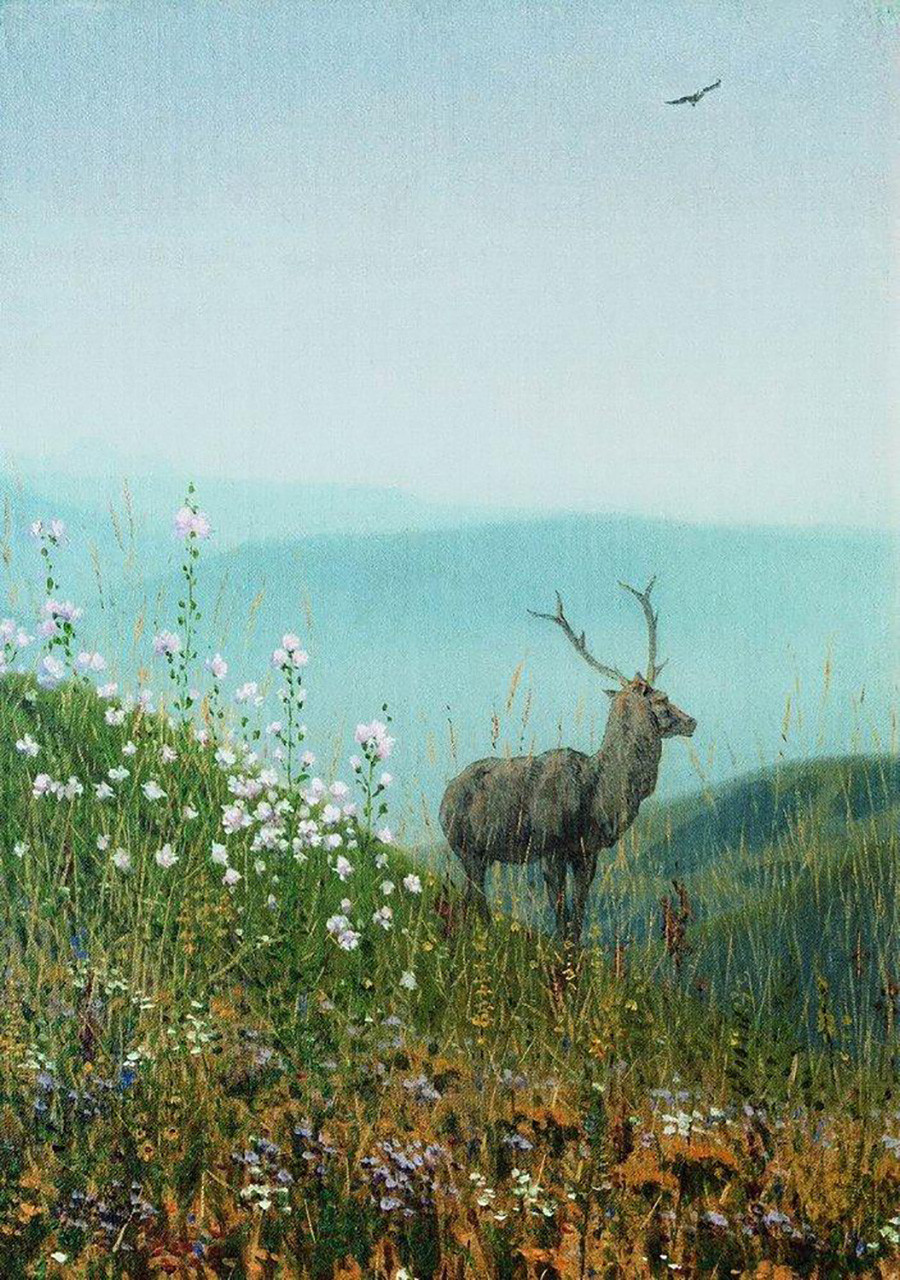
Ruins of a Chinese Shrine. Ak-Kent, 1870
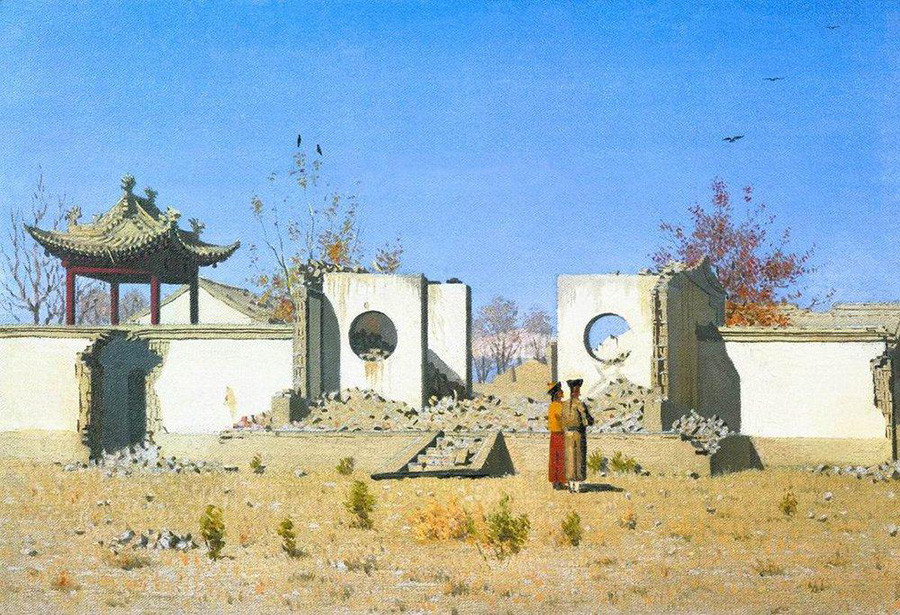
Migration of the Kyrgyz, 1870
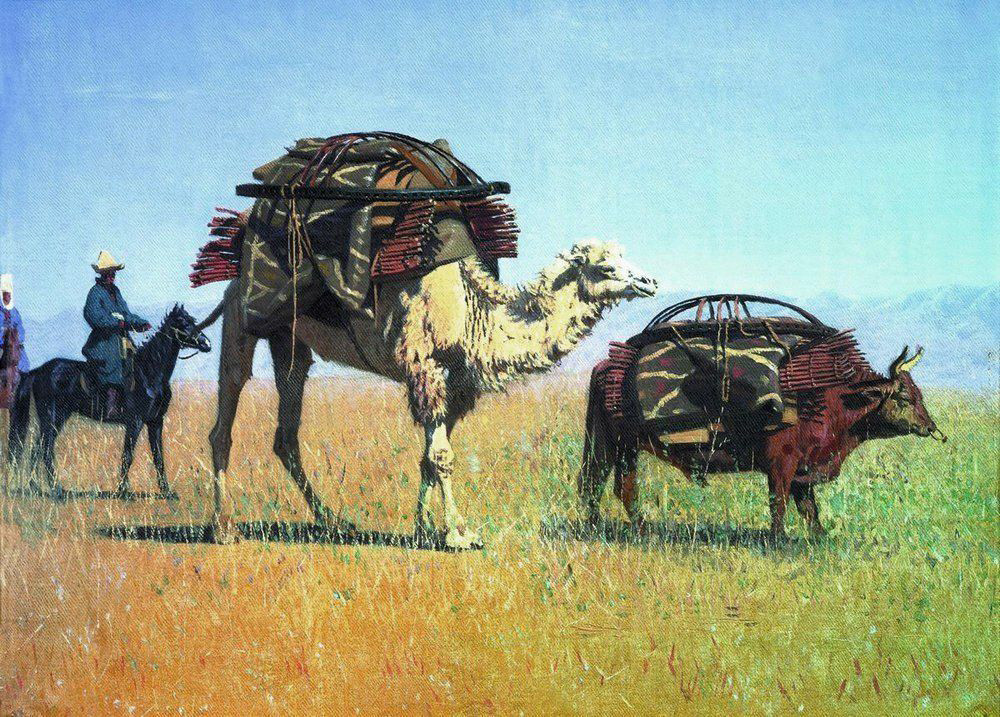
Main Street in Samarkand from the Height of the Citadel in the Early Morning, 1870
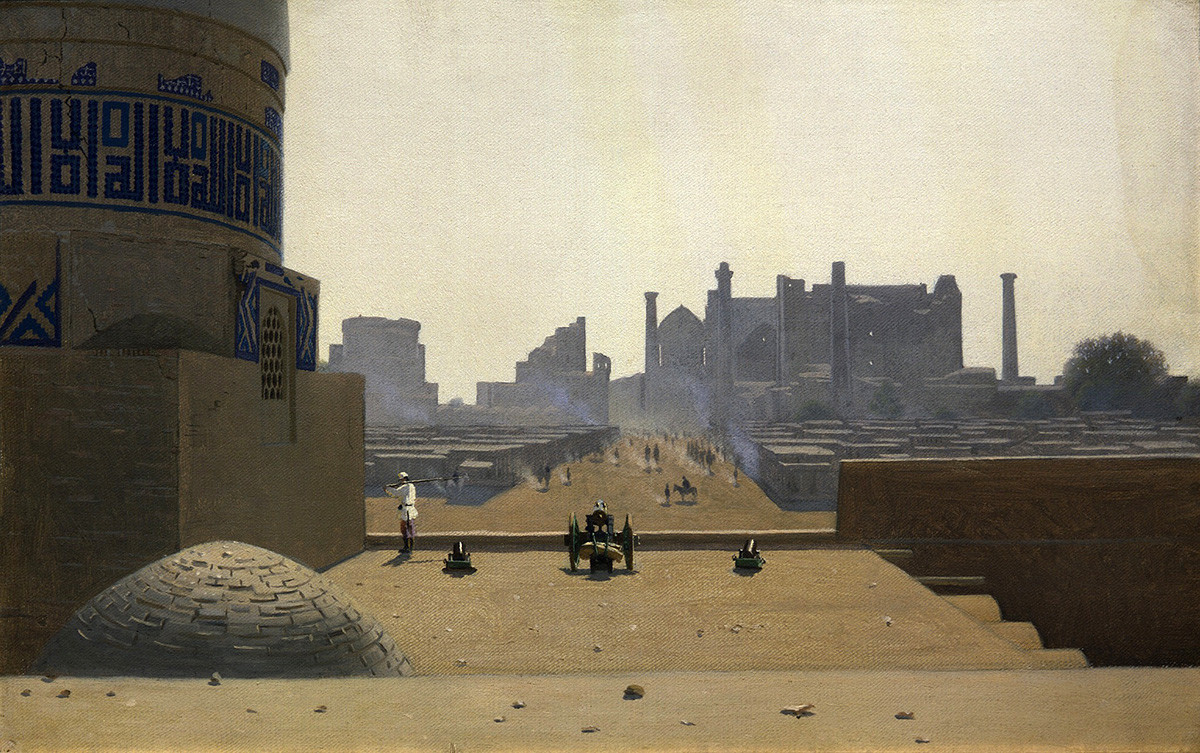
The Barskaun Pass, 1869-1870

They Rejoice, from the Barbarians series, 1872

The Doors of Timur (Tamerlane), 1872
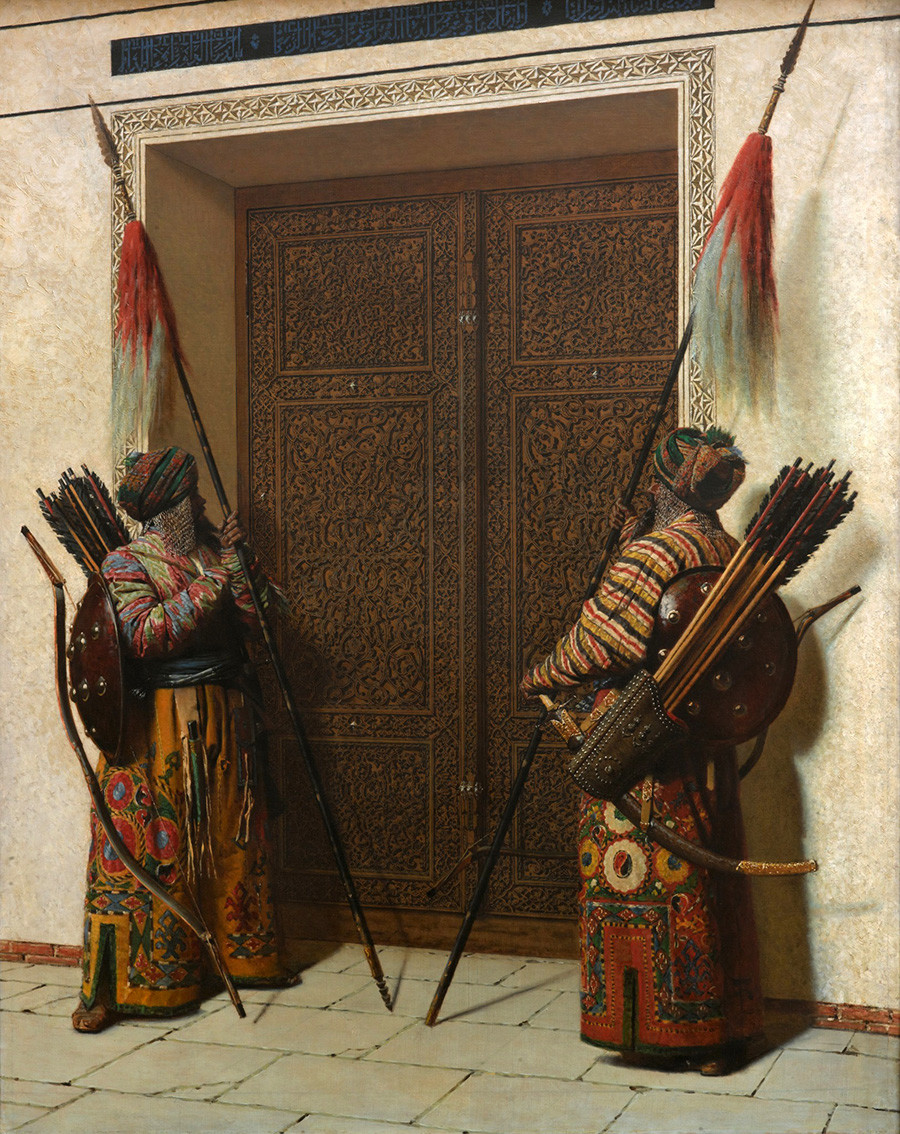
Mullah Rahim and Mullah Kerim Quarrel on the Way to the Bazaar, 1873
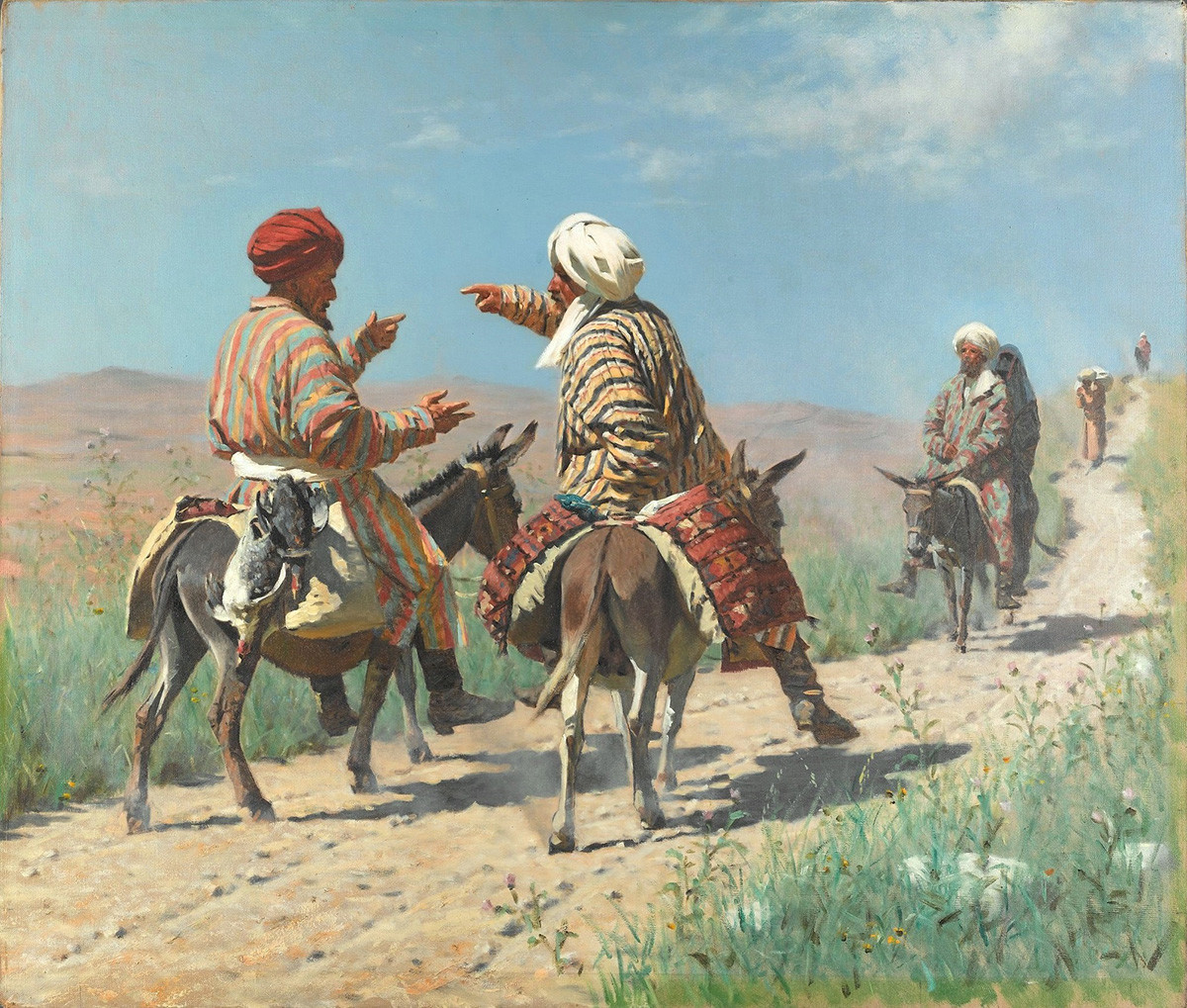
Vasily Polenov (1844-1927)
Vasily Polenov had a passion for religious painting. For his final-year project at the Imperial Academy of Arts, he painted Christ Resurrects the Daughter of Jairus (1871), for which he received the first prize, a large gold medal. A decade later he embarked on a major journey to the Middle East, where he visited many biblical places and made numerous sketches of the local landscapes, architecture, faces and clothes. From these drafts his main creation emerged: the painting Christ and the Sinner (bought by Tsar Alexander III himself). In the late 1890s, he journeyed once more to Palestine, Syria and Egypt to collect material for his grand cycle of paintings From the Life of Christ, which placed biblical subjects in plein-air settings.
Beirut, 1882

Bethlehem, 1882
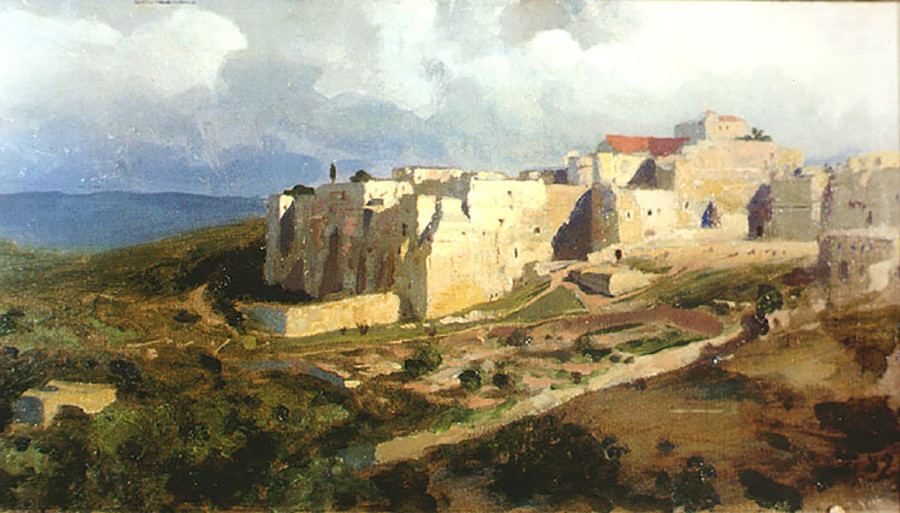
Haram al-Sheriff, the Site of the Ancient Temple in Jerusalem, 1882

Church of St. Helena. The Chapel of the Church of the Holy Sepulcher, 1882
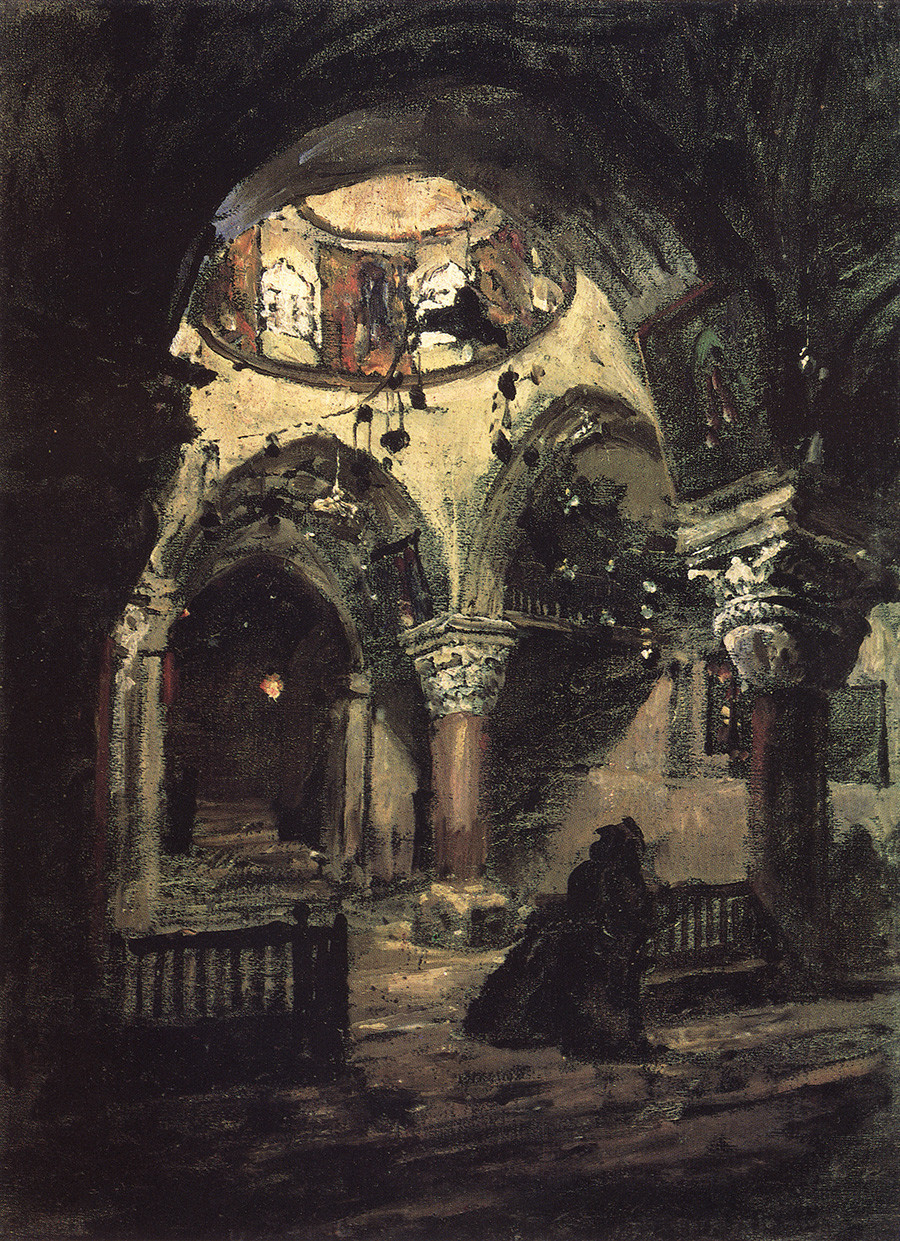
Christ and the Sinner, 1888
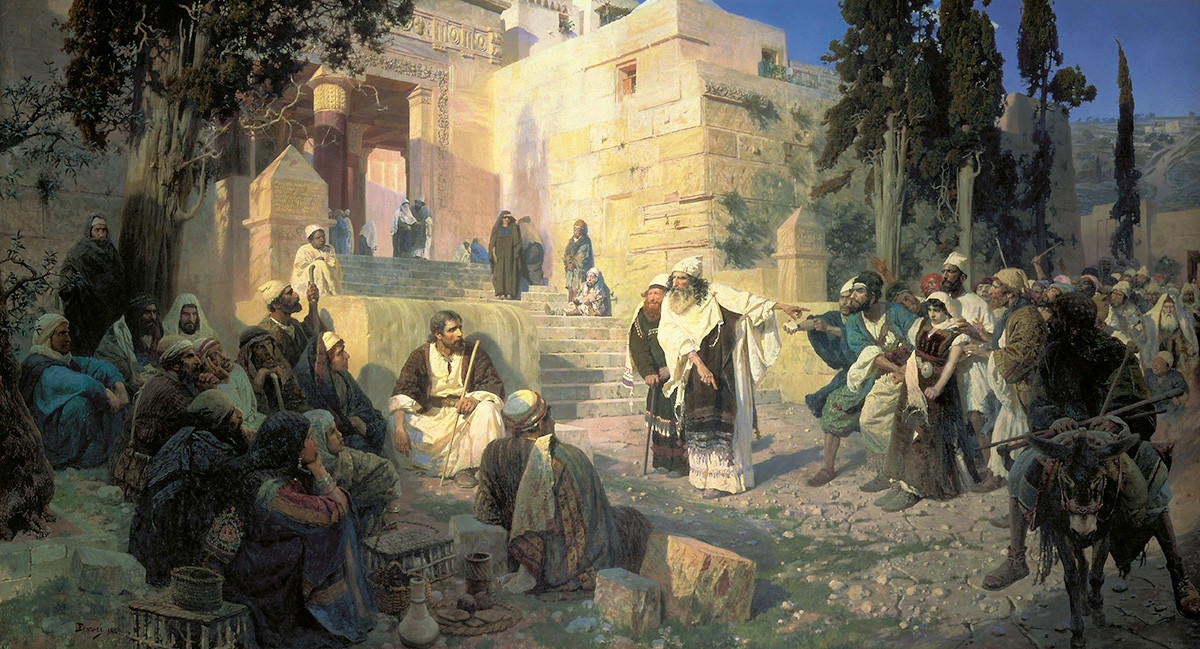
On the Sea of Tiberias (Lake of Gennesaret), 1888

We Decided to Go to Jerusalem, 1890. From the Life of Christ series
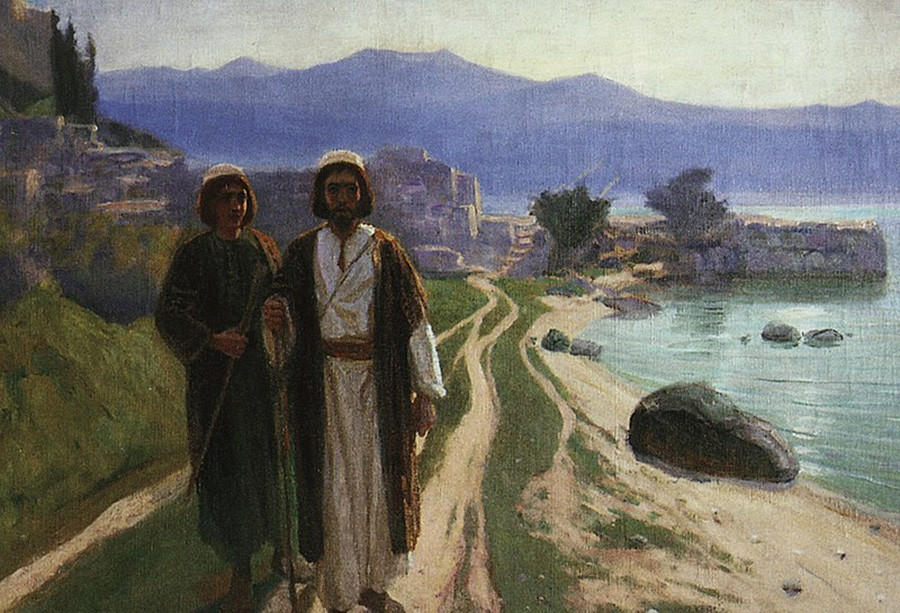
James and John, 1890. From the Life of Christ series

Among the Teachers, 1896. From the Life of Christ series
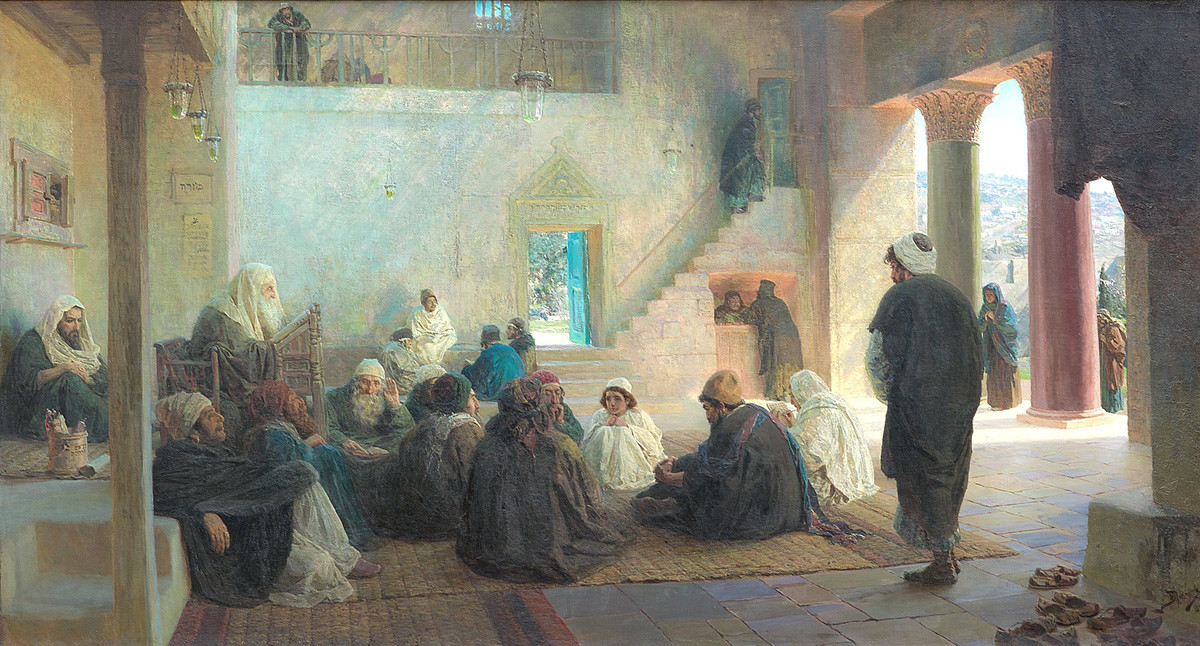
Was Filled with Wisdom, 1896. From the Life of Christ series

Was in the Desert, 1909. From the Life of Christ series

Alexander Yakovlev (1887-1938)
In 1917 the young artist Yakovlev, who had already visited Italy, was awarded a stipend to travel to Asia. He explored the Russian Far East and journeyed to China and Japan. While he was in Beijing, news broke of the Russian revolution, whereupon he left Asia immediately, but not for his homeland, rather for Paris. Later, in the early 1930s, Yakovlev took part in the automobile-themed Yellow Expedition, organized by Citroën to promote its vehicles. He brought more than 800 works back from the trip, which were exhibited in many countries of the world and later released as a separate album titled Sketches of Asia.
Asian Fisherman
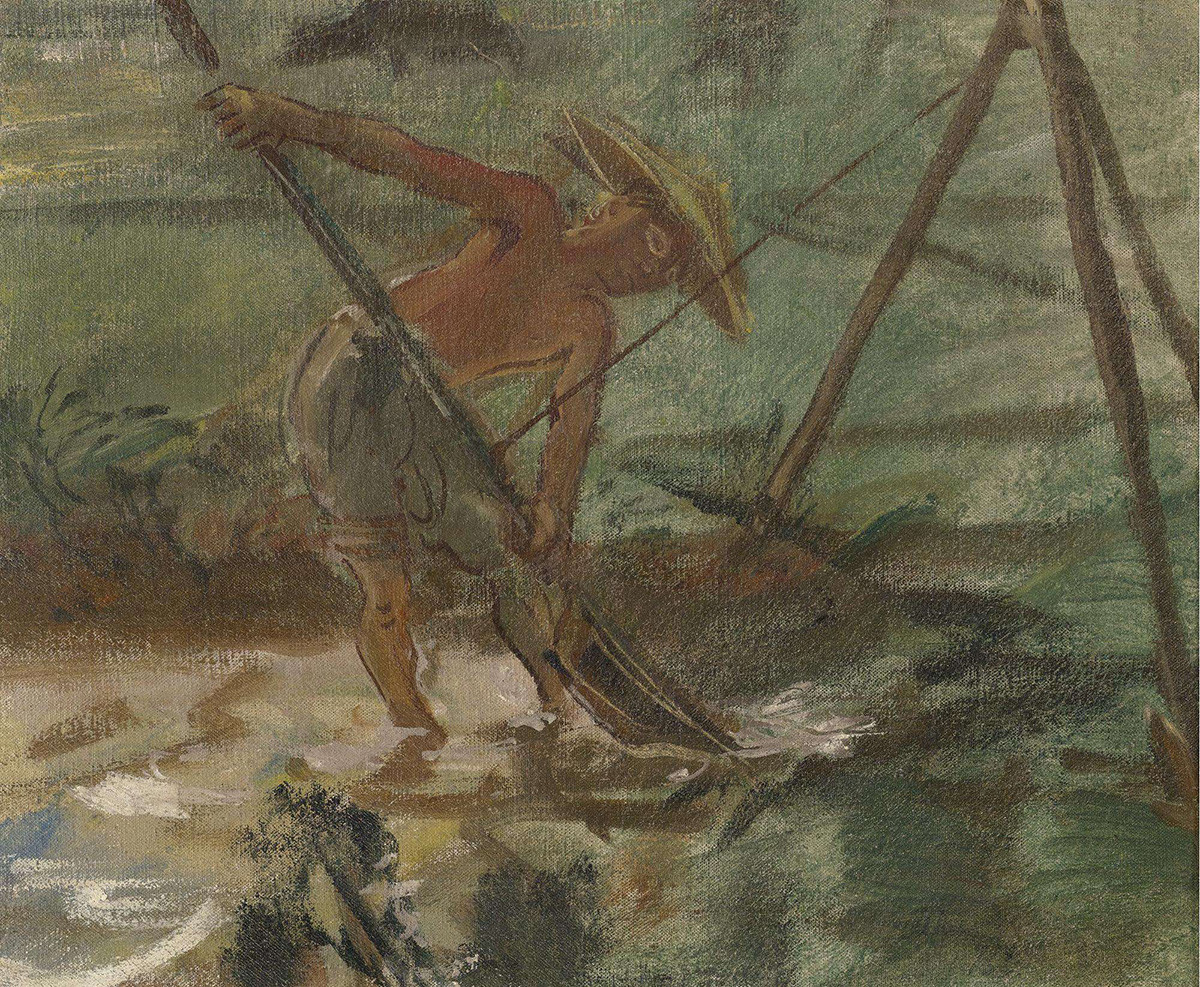
The Battle of the Warriors

Street in Japan, 1919
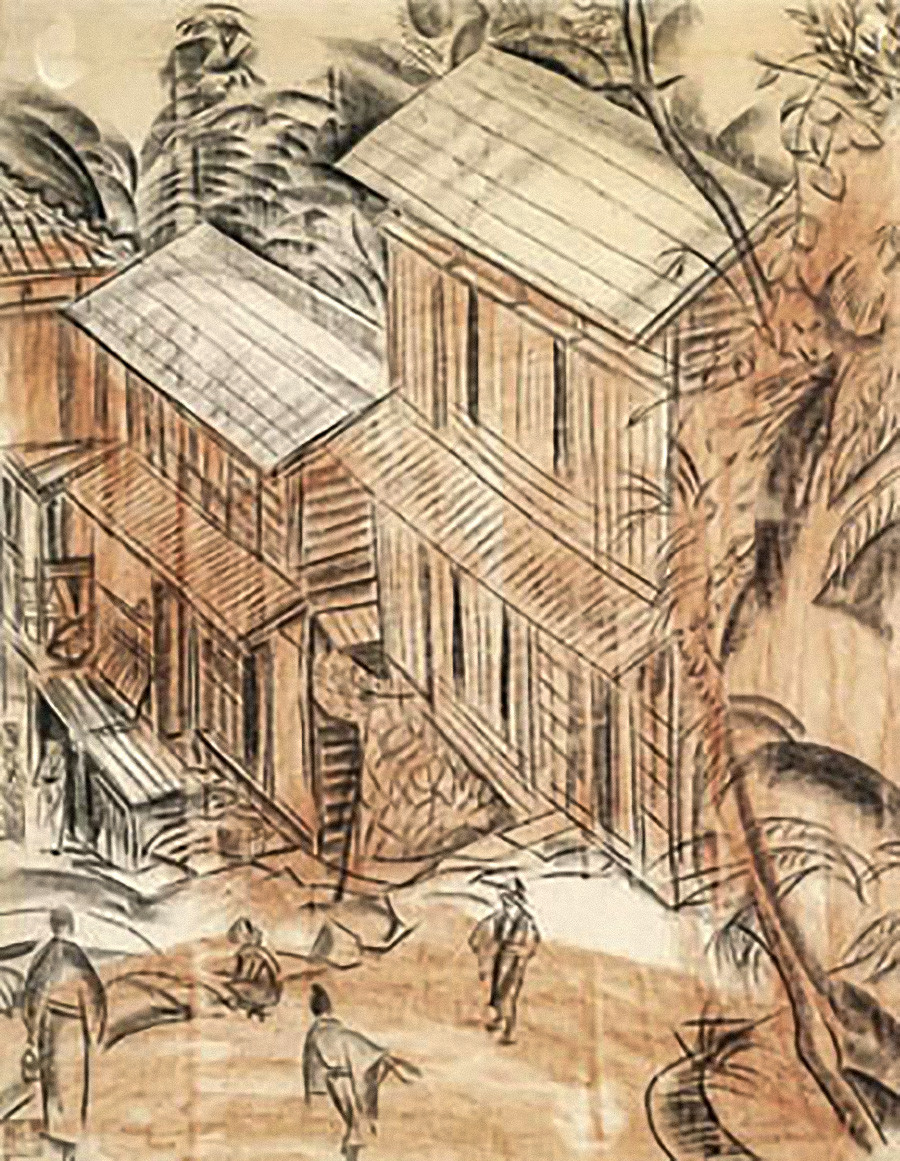
Opera in Peking (Beijing), 1918
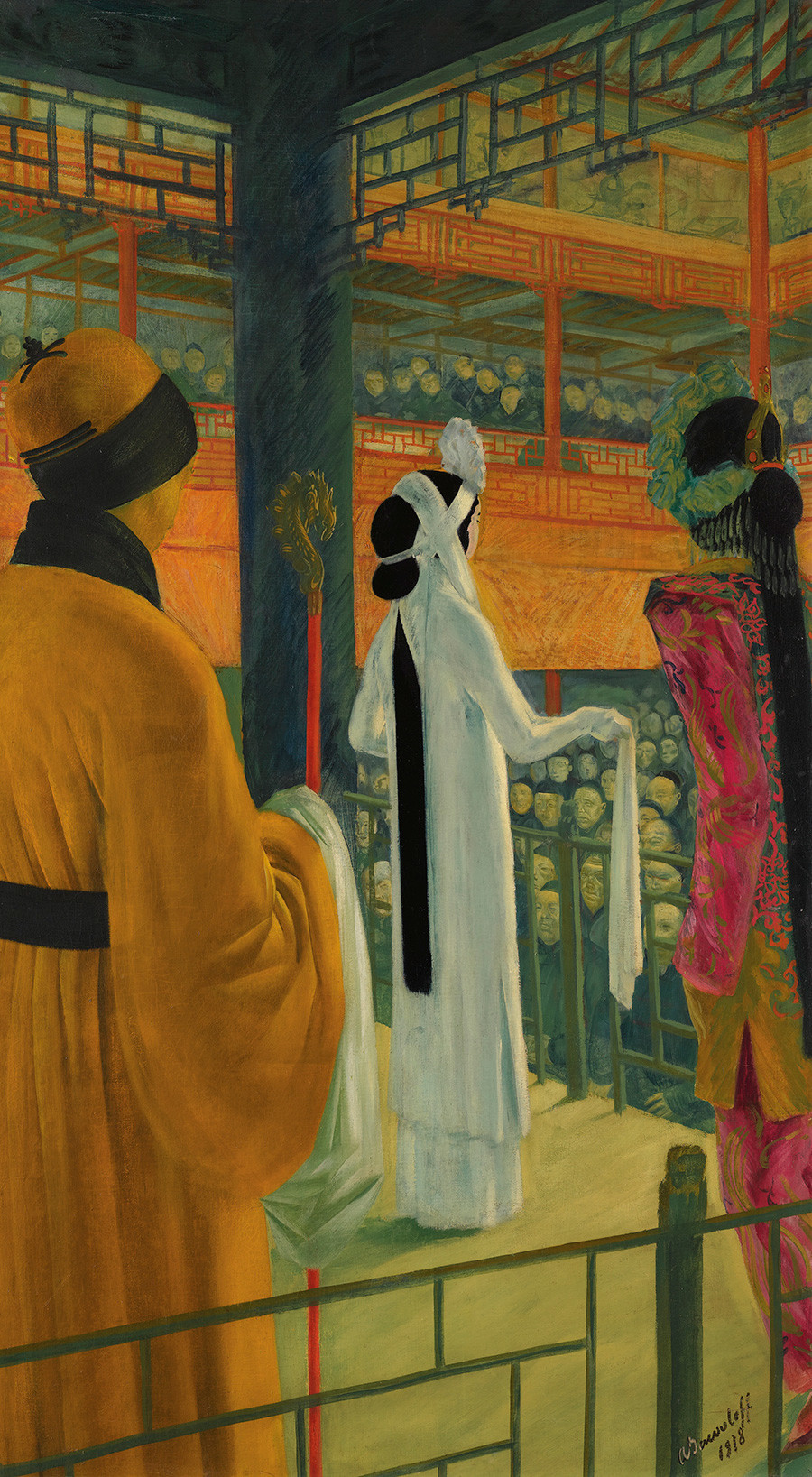
In the Desert of Afghanistan, 1931
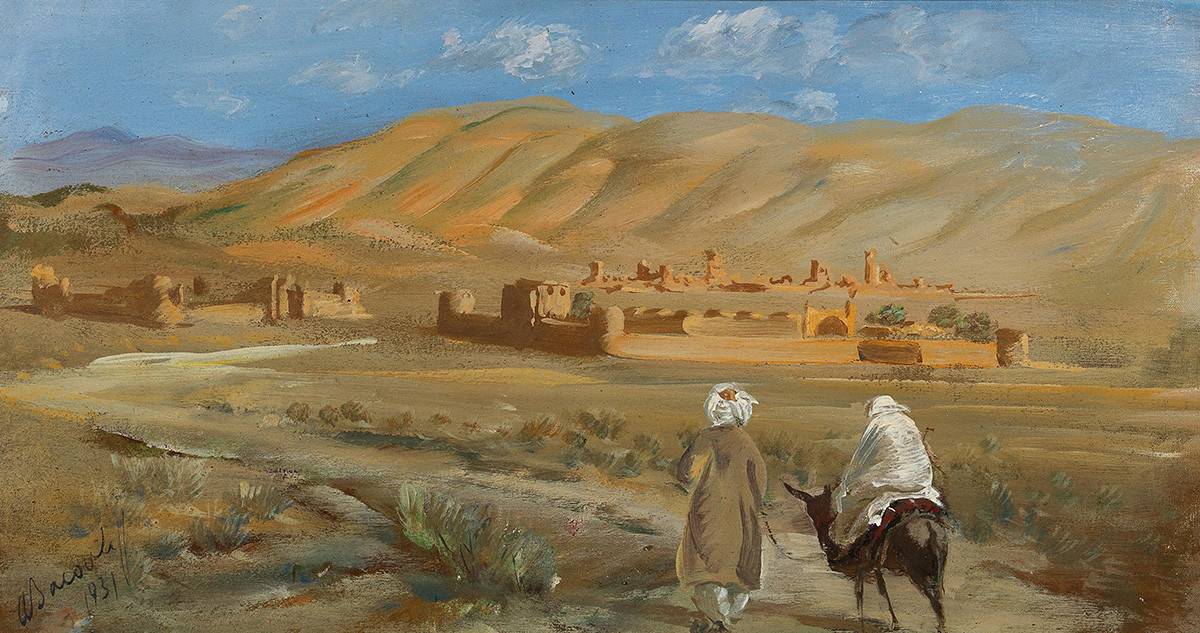
Caravanserai in Afghanistan, 1931
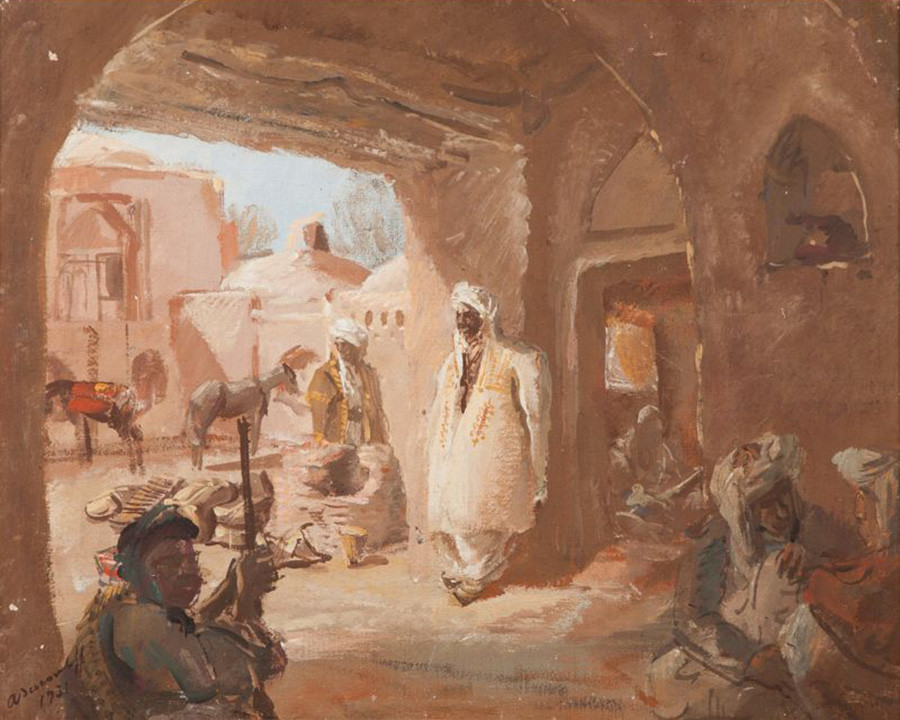
Lama's Visit, 1933
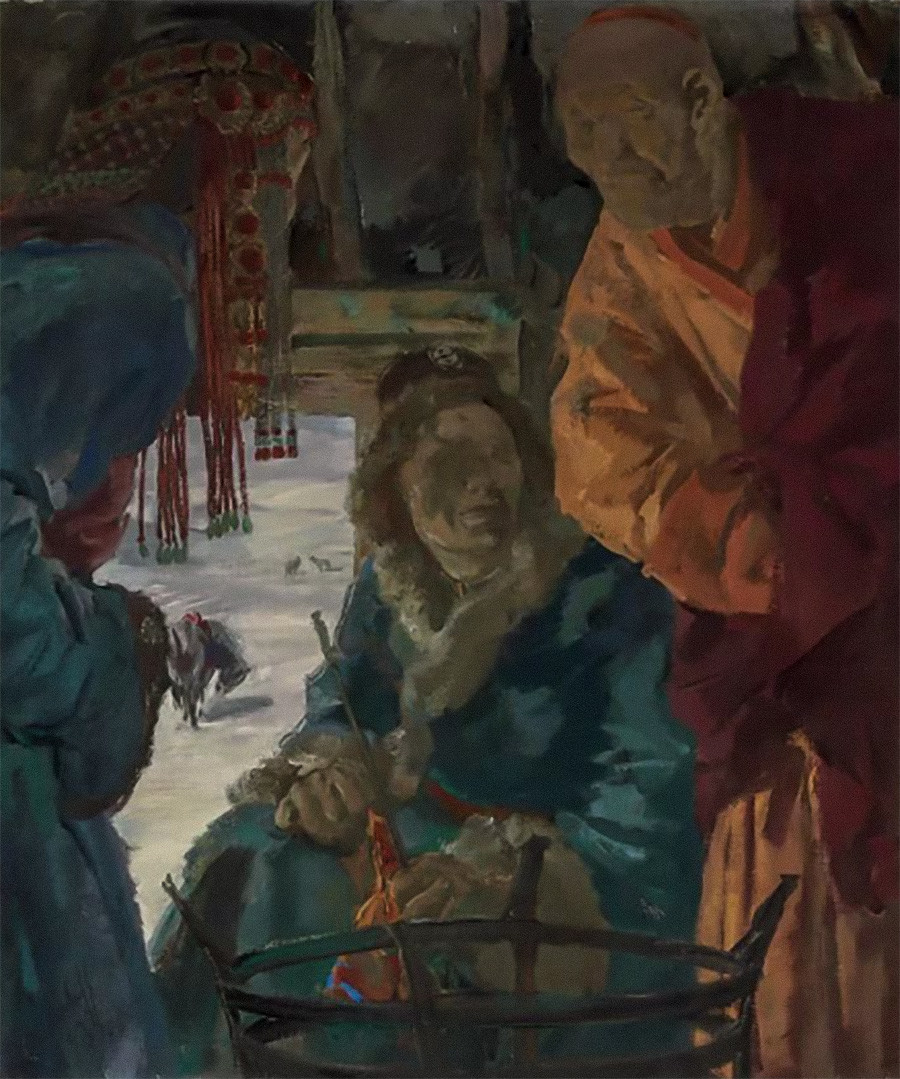
Mongols, 1933

Nicholas Roerich (1874-1947)
One of the most famous and mysterious Russian artists, Nicholas Roerich is, for many, primarily associated with his Himalayan landscapes. As a historian and archaeologist, he traveled far and wide in Russia. Gradually his interest spread to the East, whereupon he started studying Buddhism and Eastern philosophy. After the 1917 revolution, Roerich, already abroad, did not return to his homeland. In 1923 he embarked on a large tour of Asia, taking in India, Kashmir, China and Tibet. During the expedition, he conducted ethnographic and archaeological research, and, of course, produced many paintings. Roerich made another, later trip to China, after which he moved to India, where he remained for the rest of his life.
Buddha the Victorious, 1925
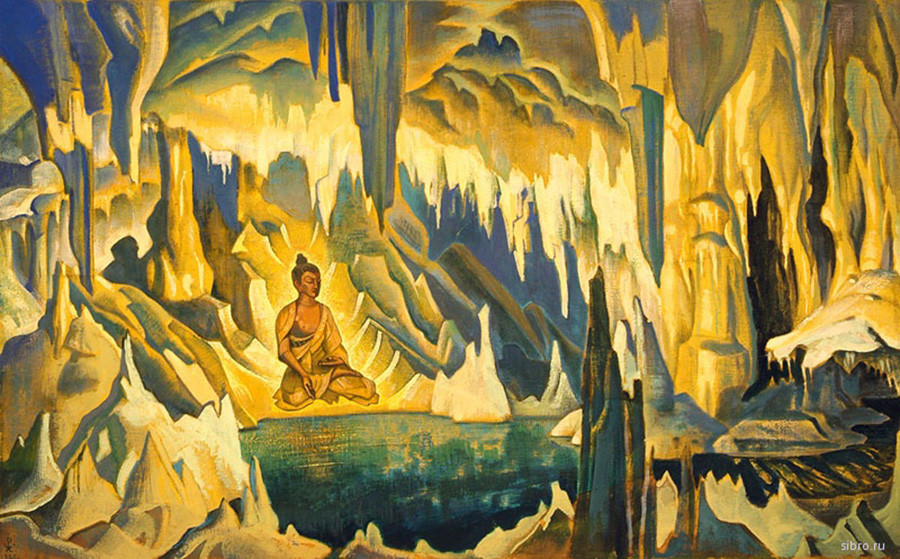
Red Horses (Horses of Happiness), 1925
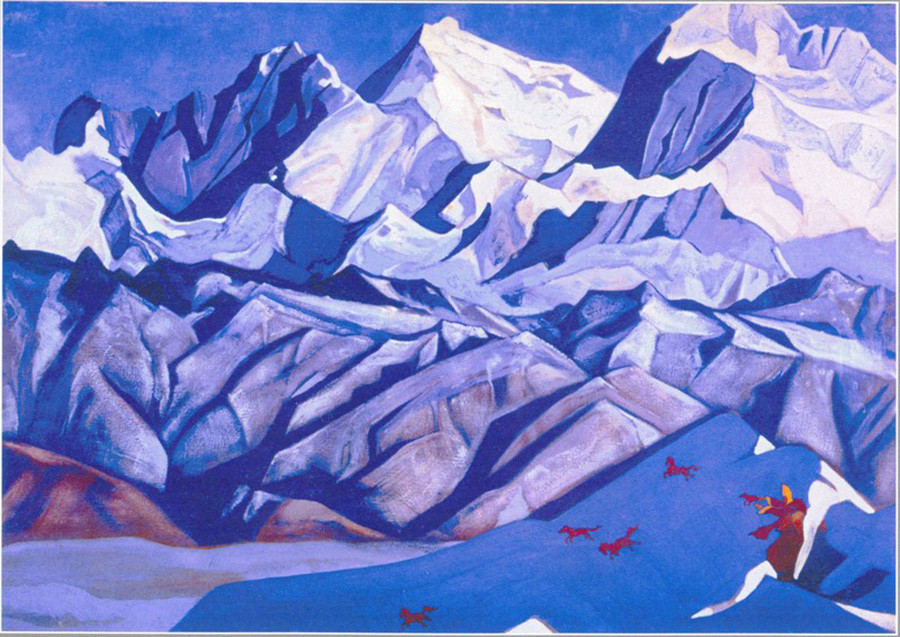
Agni Yoga. Diptych, 1928
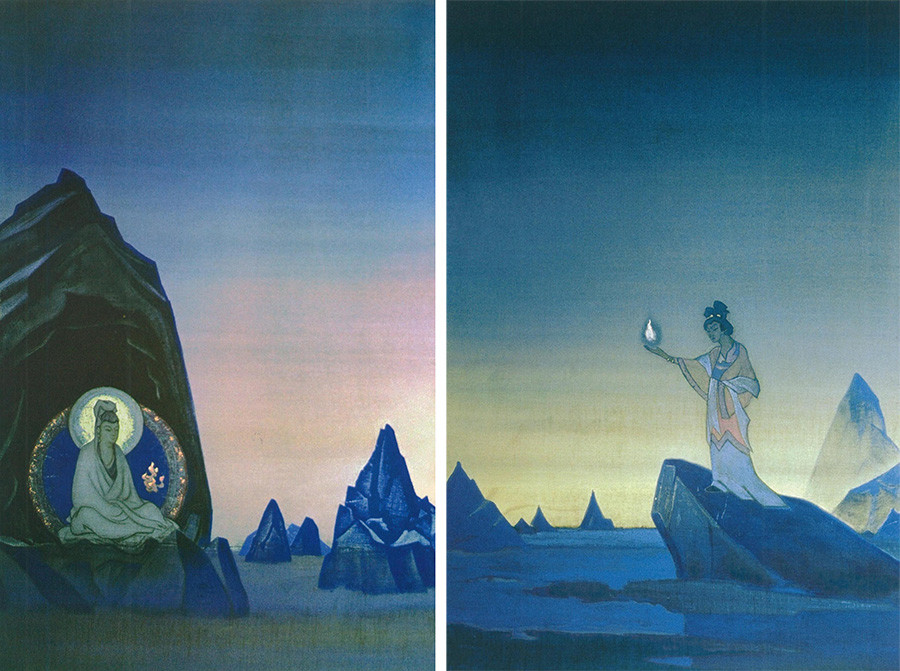
Krishna (Spring in Kullu), 1930
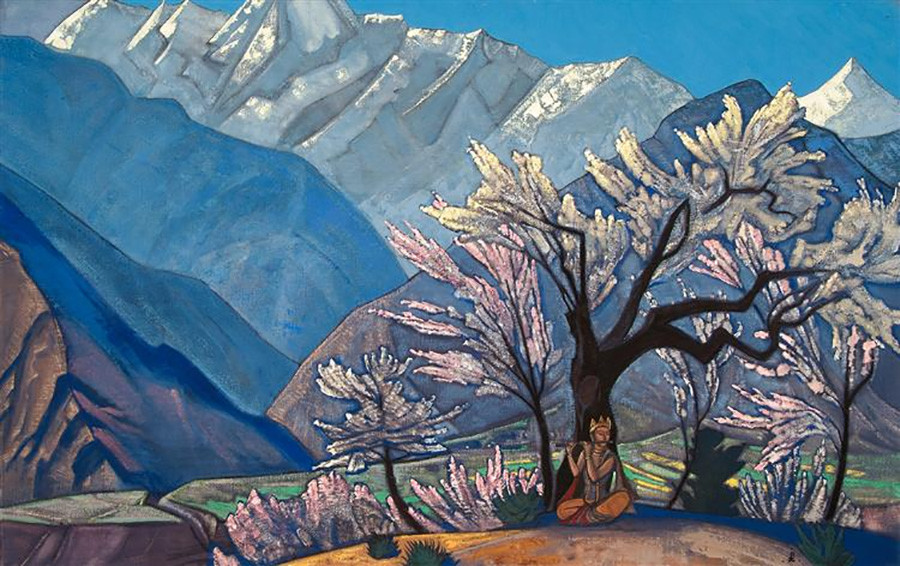
Mount of Five Treasures (Two Worlds), 1933
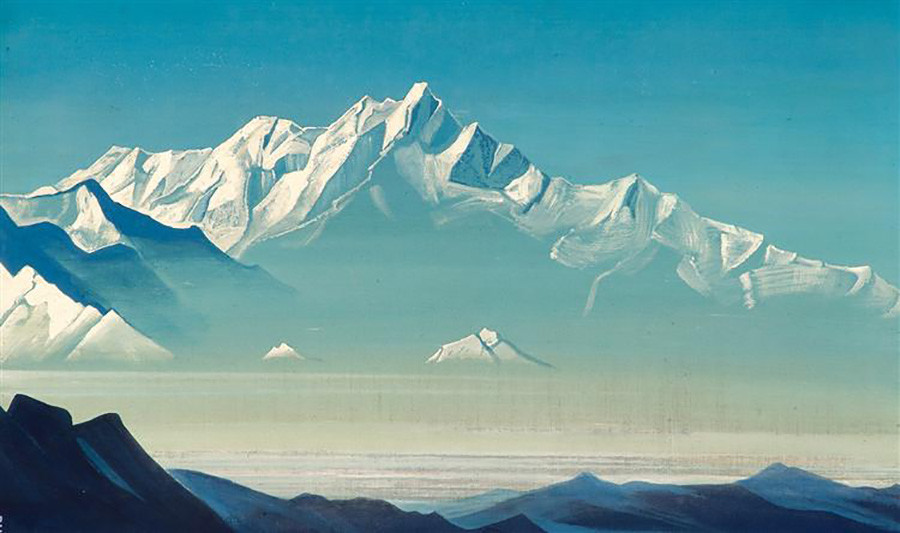
Jelep La. Border of Tibet, 1936
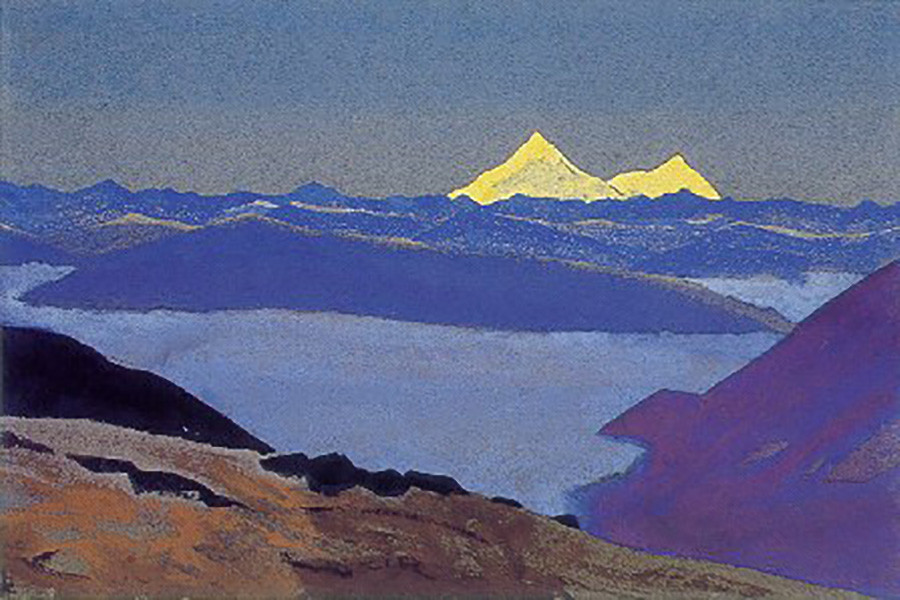
Star of the Hero, 1936
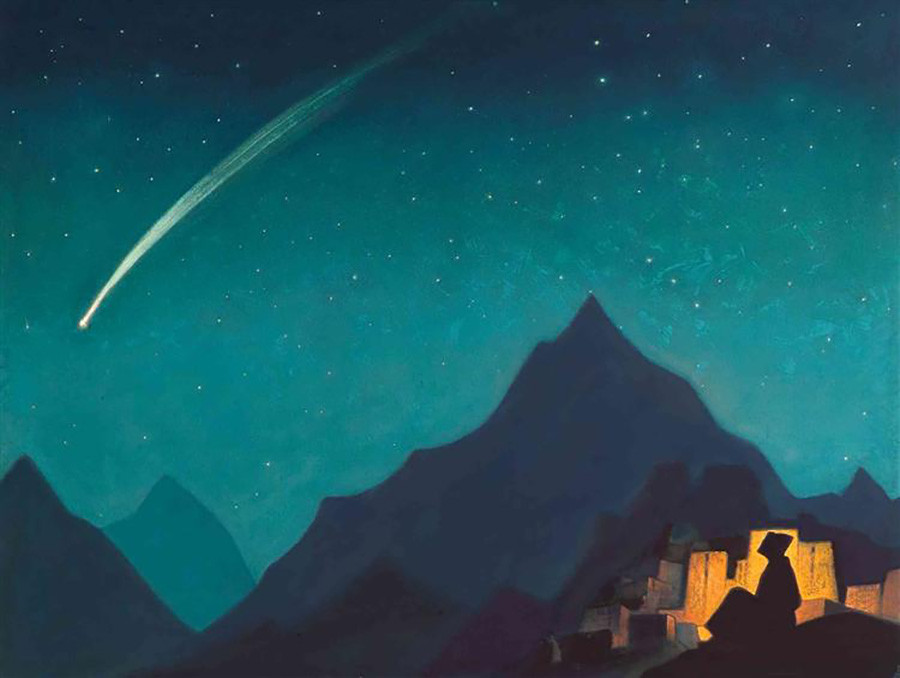
Mongolia. Genghis Khan's Campaign, 1937
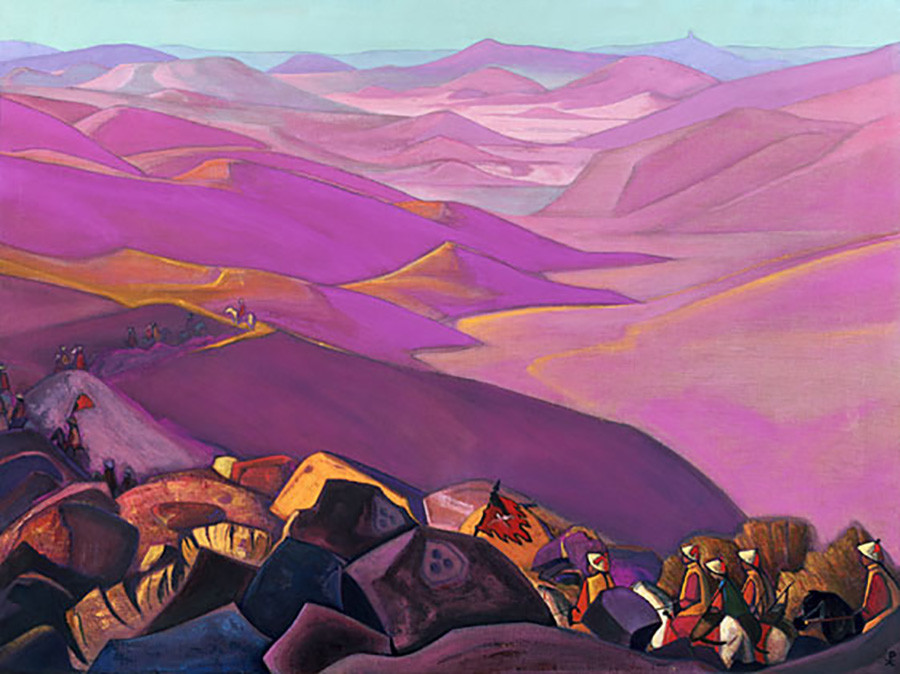
Kanchenjunga, 1944
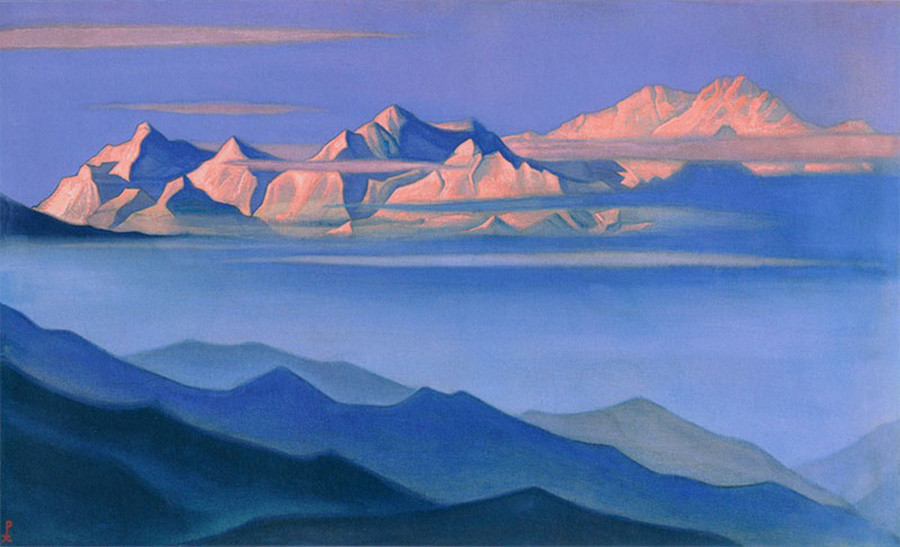
Ladakh (Lamayuru Monastery), 1947

If using any of Russia Beyond's content, partly or in full, always provide an active hyperlink to the original material.
Subscribe
to our newsletter!
Get the week's best stories straight to your inbox